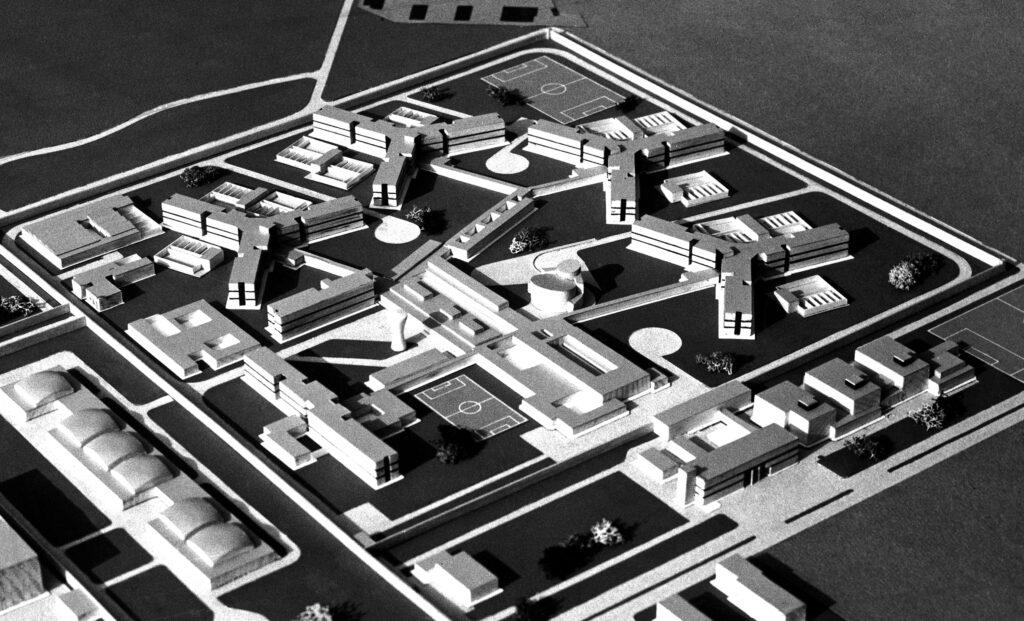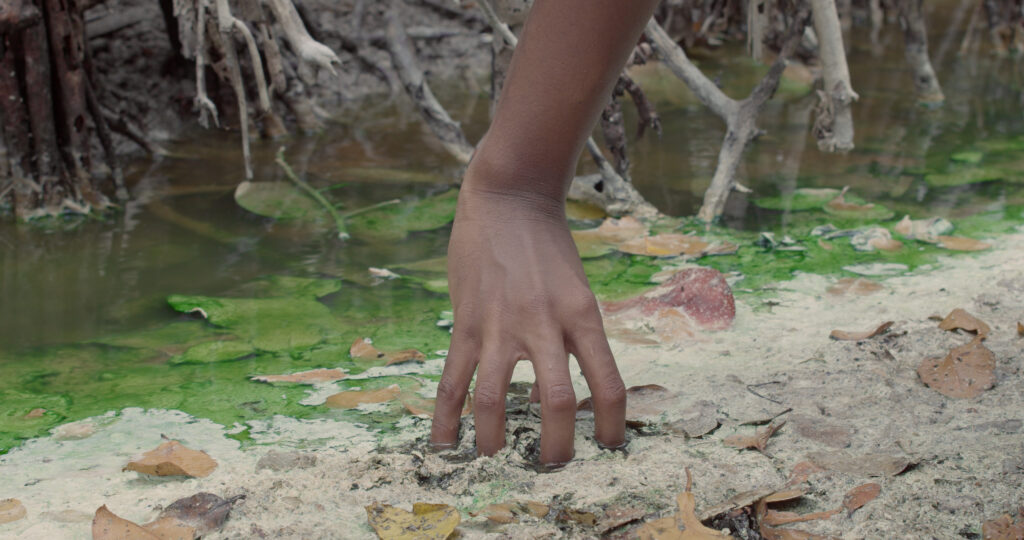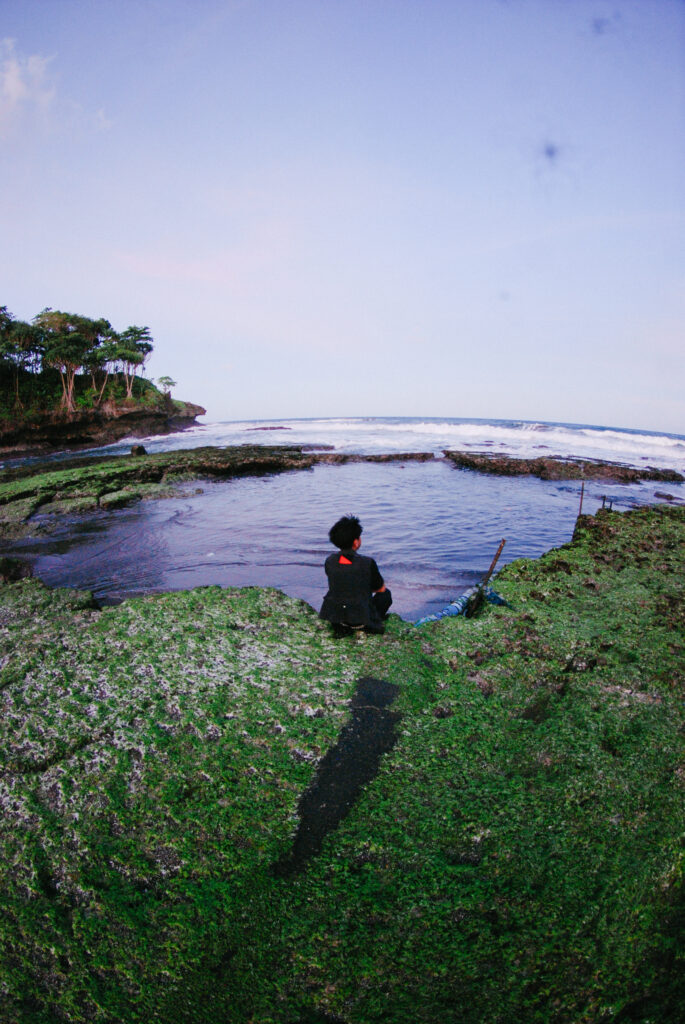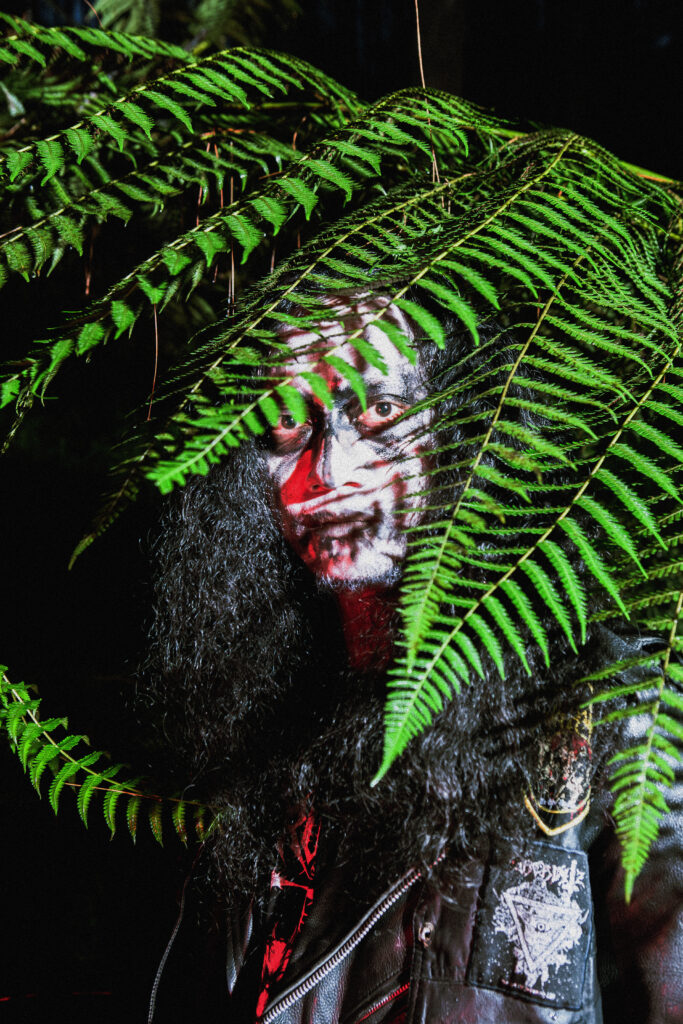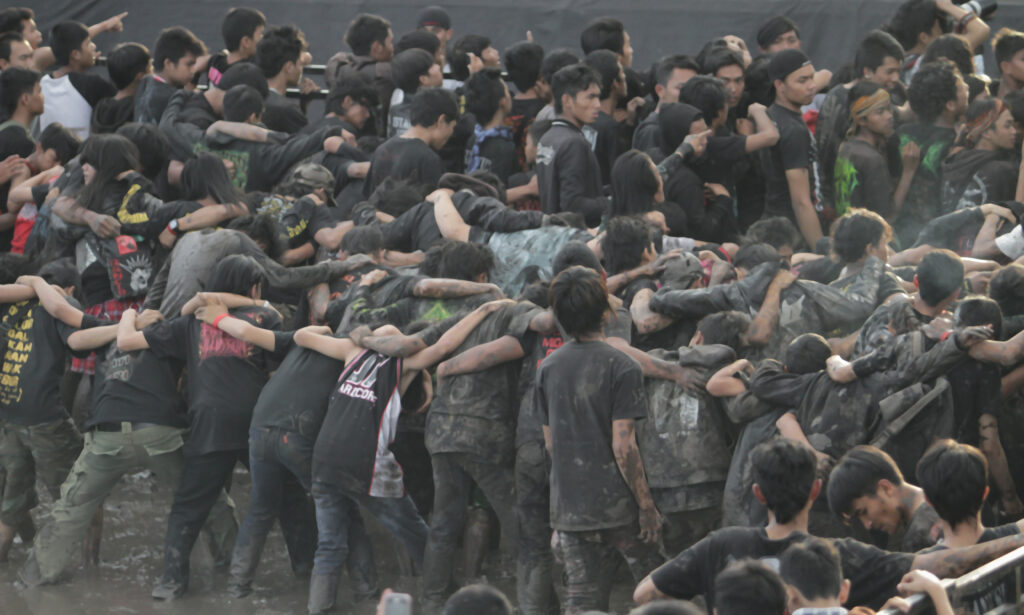Music for the Stadium
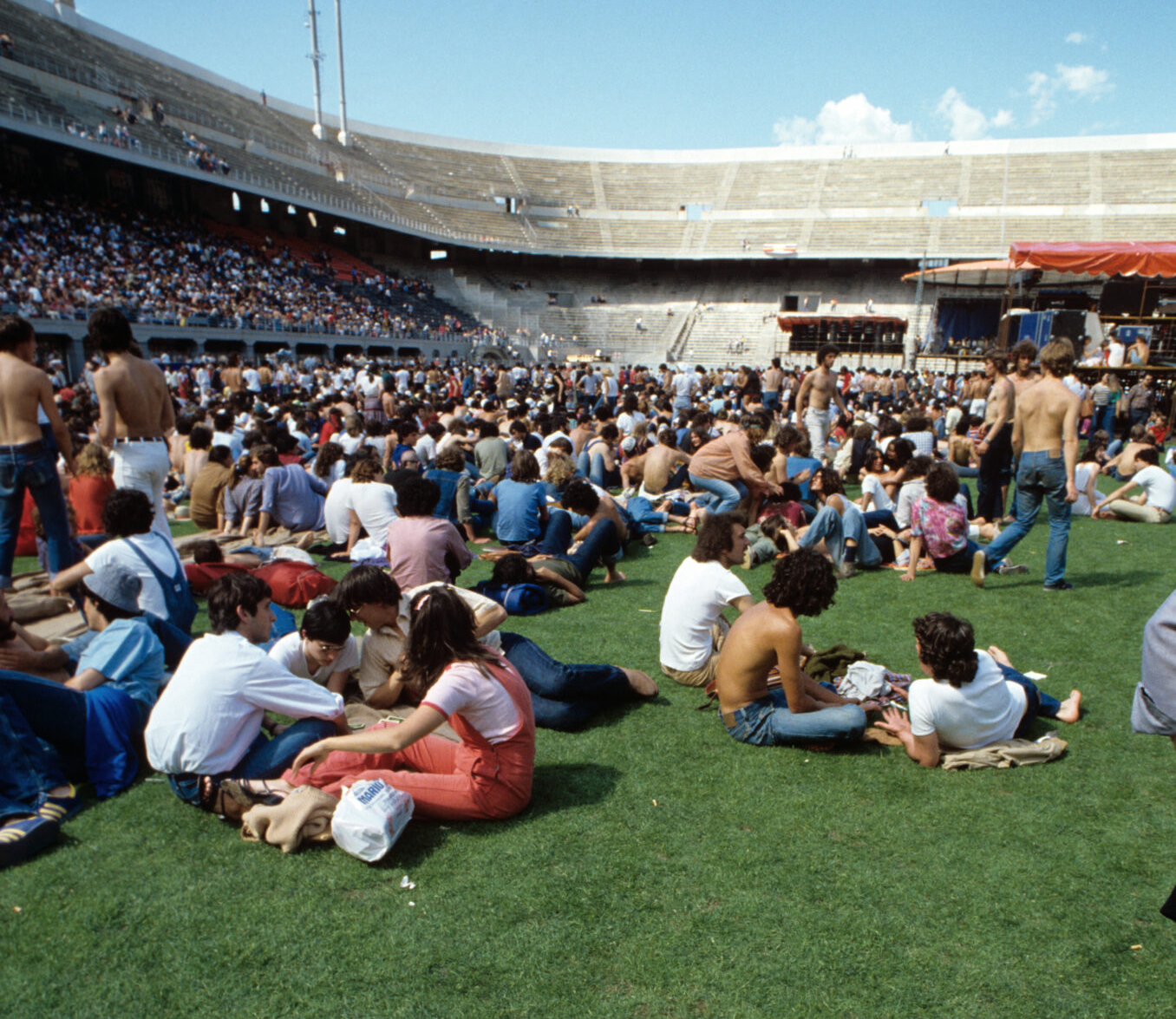
June 27, 1980, marked the dawn of live concerts at San Siro Stadium. The first guest was an artist who, during those years, struggled to get airplay on the radio, yet had a devoted underground following—Bob Marley. A two-meter-high stage was erected; the scent of a major event filled the air, seeping into the grass of the pitch, the same ground where more than ten thousand people would soon flood in. The organiser of that concert was Mario Giusti, the first to transform the football arena into a landmark for the art and music industries. Giusti recalls Marley’s excitement, love for football, and impression of San Siro, when it still had only two tiers. “A sacred temple of the game,” he once said.
«[Bob] Marley was a joy to watch—agile, very fast, and sensitive with the ball at his feet. Many people joined in, thinking, “When will we ever get to play with Bob Marley again at the San Siro?”».
Giusti remembers Marley in the container under the stage, sitting in the back on a wide couch, surrounded by his choristers and wife. They were all enveloped in a cloud of thick, heavy smoke. An anecdote that adds to the myth of this first concert at San Siro concerns the night before the performance: "With Bob, rehearsals took place at dusk—lights were important, they needed to be rehearsed. On the concert's eve, when the sun was still going down, the reflectors came on. Marley picked up a ball and started dribbling; he invited the band members and stage technicians to join him. As he took off his shoes, someone noticed and invited everyone else to do the same. In an instant, a game began in the majestic and dormant setting of the still two-ring stadium. They played for more than an hour.

Marley was a joy to watch—agile, very fast, and sensitive with the ball at his feet. Many people joined in, thinking, 'When will we ever get to play with Bob Marley again at the San Siro?'". More than eighty thousand people were waiting for him the following evening. Opened by Pino Daniele, it became one of the Jamaican artist’s most crowded and memorable concerts ever. During Redemption Song, Bob was deeply inspired, and the crowd joined in, waving burned newspapers. It was a mystical moment, as was the closing with No Woman, No Cry—sung by everyone in unison, like a collective prayer.
After him, the emerging global stars all passed through San Siro. The idea of a “baptism” at the stadium began to take hold, a tradition that took shape in the 1990s. With the addition of the Third Tier, San Siro became, in every sense, a powerhouse for shows, built in the image and likeness of a symbol. Confirmations followed, with the parades during the opening ceremony of the Italia ‘90 World Cup, which gave the stadium its global recognition. It was also in that same year that an event occurred that has never stopped repeating itself: on July 10, 1990, Vasco’s first concert, Front of the Stage.
Vasco got under people’s skin. Something in his songs did and still does that work of myth—recurring, recurring. It is a form of directness, harmony, and souls moving together as one.
Performing in front of 75,000 spectators, for the first time, an Italian artist filled the entire stadium, and the whole crowd sang along. He sold more tickets than Madonna, more tickets than the Rolling Stones. Vasco got under people’s skin. Something in his songs did and still does that work of myth, recurring, recurring. It is a form of directness, harmony, and souls moving together. And if there is one place where this was destined to happen, it’s San Siro. Throughout his career, Vasco has performed here no fewer than thirty-six times. Two and a half million people have come back, each time standing at the front of the stage. It’s a snapshot of more than thirty years of our history, sung in unison—a roar that never stops echoing.
Before Madonna, before Beyoncé, before even Rihanna and Alessandra Amoroso, the first artist to play and fill San Siro was Laura Pausini. It was June 2, 2007, Republic Day, and there was that Milanese sultriness that stuns the body even in summers as mild as this one, barely twenty degrees, and yet the heat still felt unbearable. There were 68,000 people in front of the large sail-shaped stage erected in the stadium. Everyone was there, including Milan players, Giorgio Armani, Roberto Cavalli, and the two founders of DSQUARED2.

Soccer and fashion wait, along with the audience, for Lally, as Madame calls her today, to peek out from behind the hatch. Sold out. The stadium is full, and as soon as she steps out in a blaze of stage lights that Italy had never seen before, Laura dedicates the concert to her grandmother and to the artists who, after her and thanks to her, will step onto the Temple of the City of Milan. "I'm the first, but I won’t be the last," she says. A roar, as only San Siro knows how to produce, explodes at her entrance as Io Canto begins, leaving the audience to sing along to the first refrain, illuminated by the stellar explosions on the big screen that frames the stage. Like everyone before her, "Buonasera San Siro," she greets the stadium, which is already a city itself.
Italian and Colombian flags wave from the field. Laura sings in Spanish, English, French, and Catalan. She has duetted with legends like Phil Collins, Michael Jackson, and Kylie Minogue. Awards have never been in short supply. Soon after the beginning, at the end of Ritorno da te, she stops singing—the audience continues. They already know: her voice is theirs, and their voices are hers. There is a moment when she stops the musicians from starting Resta in ascolto. She speaks from the heart. That self-titled album, also released in Spanish as Escucha, brought her a Grammy—a victory for everyone. And in the end, she says: "I didn’t come here to teach you anything, but to learn one thing: that in 2007, even after so many years have passed, an Italian woman, one of you, like you, achieved a dream bigger than she ever expected." It is the baptism of San Siro.
